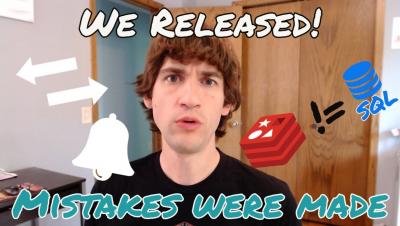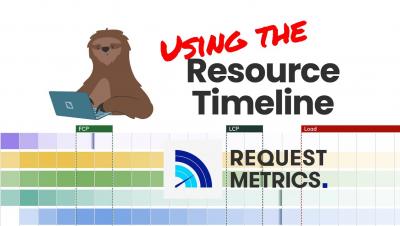Request Metrics Released! What We Changed.
We released Request Metrics and it's going well--but we didn't get everything right the first time. In Part 3 of our "Request Metrics Released" series, we look at what we changed along the way and where we are focused next. Learn more about Request Metrics at requestmetrics.com











